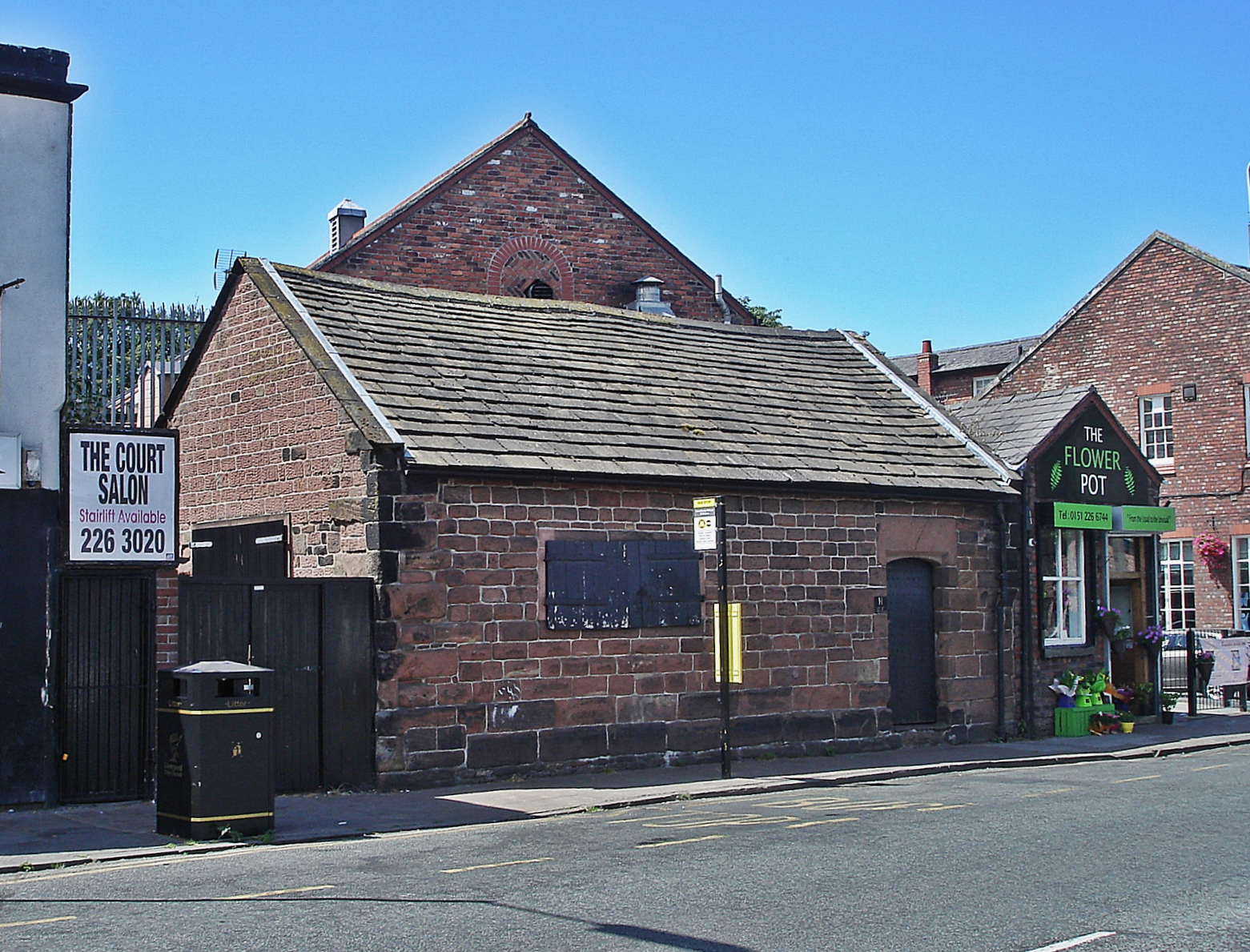West Derby Courthouse was, amongst other things, the place where local copyholders deposited a copy of their freehold lease in a secure chest, and had to renew it once a year. They were bound by the contract to keep their dwelling in good condition. Copyholders were generally “men of substance and employers of labour”.
The stocks which now sit next to the Yeoman’s House in West Derby village once stood at the north end of the court house, before the tram inspector’s hut was built (see below). The pound, the piece of land in which the stocks sit, was planted and arranged for Edward VII’s coronation in 1901.
West Derby Courthouse was scheduled for demolition in 1921, but interested locals leased the building from the then lord of the manor, the Marquis of Salisbury, for a nominal sum (2s 6d per annum). In 1933 the Marquis gave his freehold to the City of Liverpool. This early conservation campaign helped keep the historic environment of West Derby in the state that we find it today.
West Derby Courthouse in context
The centre of West Derby village contains a number of older buildings that have accumulated across its history. Along with the stocks and the Yeoman’s house the courthouse is part of the oldest group. There are also red brick cottages next to St Mary’s Church, and a fountain and war memorial.
Image: Plucas58, CC BY-SA 4.0 https://creativecommons.org/licenses/by-sa/4.0, via Wikimedia Commons
